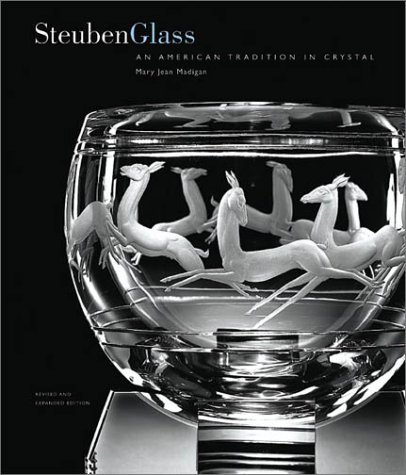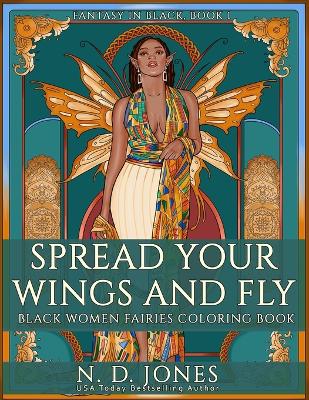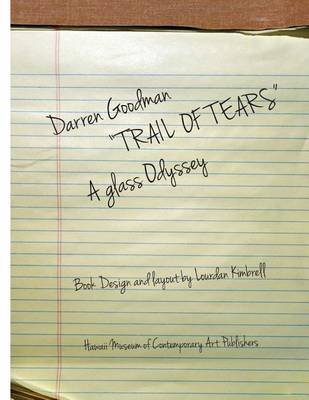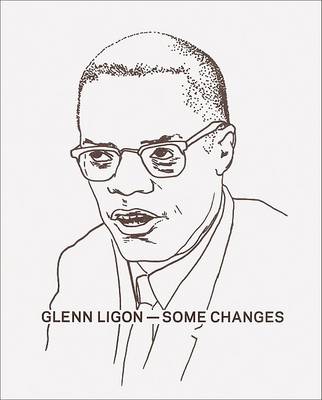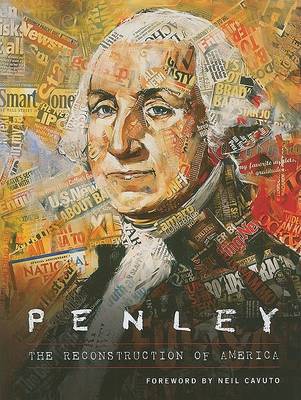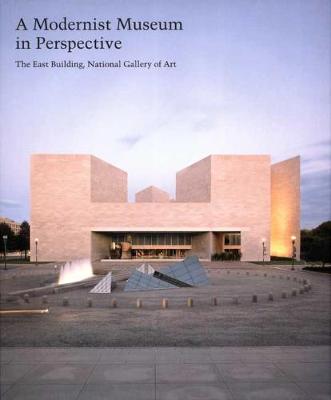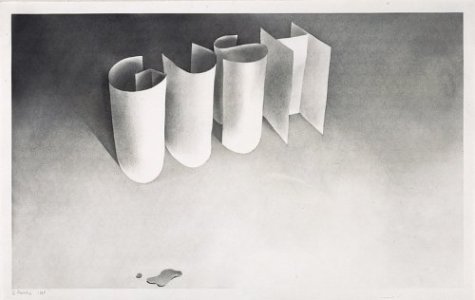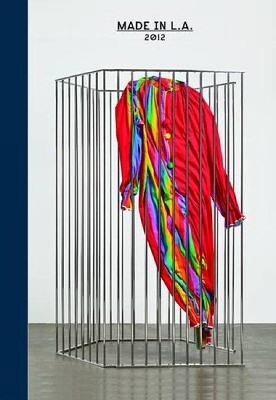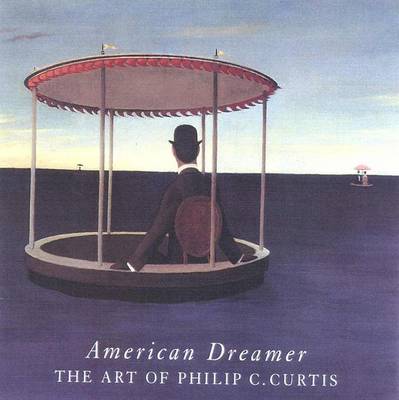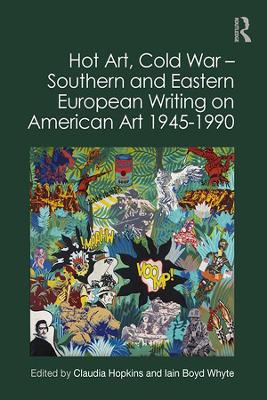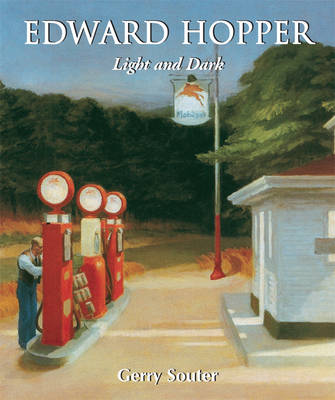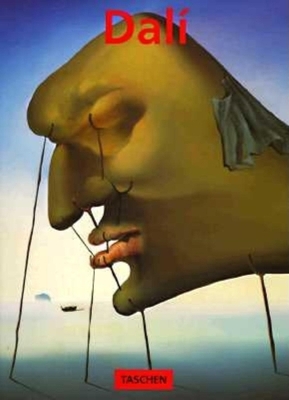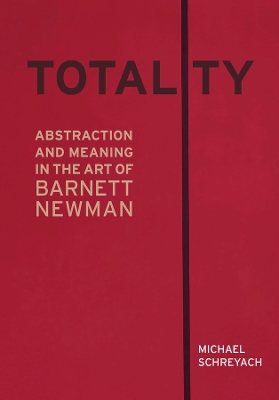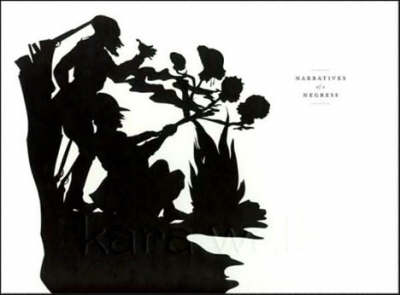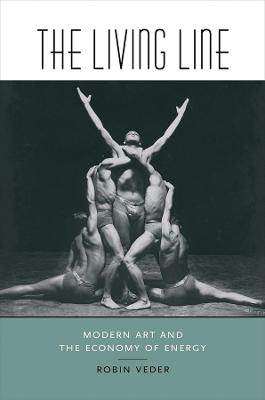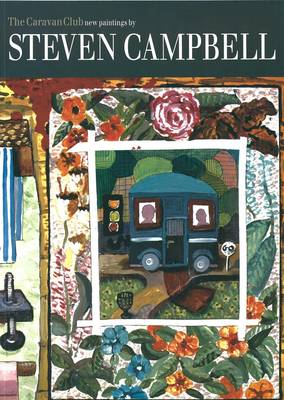During the 1920s and '30s and until the end of World War II, a distinctly American form of Expressionism evolved. Most of the artists in this movement, children of immigrants from eastern and southern Europe, African-Americans and other outsiders to American mainstream culture, grew up in the urban ghettoes of the East Coast or Chicago. Their art was sympathetic to the disposessed and reflected a deep concern with the lives of working people. Providing a look at this art - and the beginnings of...
For 100 years, Steuben glass has represented the epitome of American crystal. This volume, revised and updated to celebrate Steuben's centenary, traces the company's history. Mary Jean Madigan provides an illustrated identification guide to virtually all Steuben pieces made since 1933, from one-of-a-kind museum objects to functional items such as glasses, candlesticks, bowls and vases.
Darren Goodman, Trail of Tears, a glass odyssey
by Lourdan Kimbrell and Darren Goodman
Penley's art reminds us of what is great about our country. Somewhere in America this Sunday, in a small wooden church, a meek and grateful congregation will hold their heads and worn songbooks high and proudly tell about the old, old story. Somewhere in America this week, in an elementary school classroom, a teacher standing near an American flag will proudly tell her young students the story of our nation's founding, how the many institutions and freedoms they know about today or will soon enc...
A Modernist Museum in Perspective (Studies in the History of Art)
by Anthony Alofsin
This fascinating book is the first critical examination of the East Building, I. M. Pei’s celebrated addition to the National Gallery of Art in Washington, D.C. Distinguished contributors consider this iconic building from various historical vantage points, from the evolution of its design to its place in 20th-century museum architecture. Essays by Neil Harris, Anthony Alofsin, Alona Nitzan-Shiftan, and Réjean Legault discuss the building’s relationship to the city of Washington, its critic...
Cotton Puffs, Q-Tips, Smoke and Mirrors
by Margit Rowell and Cornelia H Butler
Bringing together the work of sixty artists from in and around Los Angeles--many of them emerging or under-recognized--this collection of paintings, sculpture, installations, and stills from video and performance art offers a snapshot of the current trends and practices coming out of one of the world's most active and energetic art communities. The book features fifty-two visual artists and eight performance artists. Each artist is featured in double-page spreads, while an essay with contributio...
American Puritan Imagination
Over the last two decades a major revaluation has been taking place of the colonial Puritan imagination. With the growth of interest in early American literature has come increasing recognition of its quality and a better understanding of its place in the continuity of American culture. However, much of the best critical work to date has been published as articles in scholarly journals, and in bringing together for the first time the best work in this growing field the present anthology fills a...
In the early 19th century, Americans embraced classicism as an international style that had its European beginnings in the 18th-century excavations of Pompeii and Herculaneum, and as an expression of America's own emulation of classical precedents in government, ideal beauty, education and the decorative arts. This work investigates the wide-ranging impact of political, intellectual and aesthetic classical values on early 19th-century American culture through a close examination of 225 objects f...
Born in 1907, Philip Curtis' life and work have spanned the entire 20th century. His paintings present an imagined vision of America in moods that echo surrealism and magic realism.
Hot Art, Cold War – Southern and Eastern European Writing on American Art 1945-1990
Hot Art, Cold War – Southern and Eastern European Writing on American Art 1945-1990 is one of two text anthologies that trace the reception of American art in Europe during the Cold War era through primary sources. Translated into English for the first time from sixteen languages and introduced by scholarly essays, the texts in this volume offer a representative selection of the diverse responses to American art in Portugal, Italy, Spain, Greece, Yugoslavia, Romania, Bulgaria, Soviet Union (in...
Between 1870 and 1950, America's railroads produced a body of poster work significant both for the artists involved and for the range of images created. The railroads used this visual medium from their founding, first in the form of broadsides, dominated by text and intended to convey practical information, and then, during the 1890s, as vivid lithographed display posters. For the next 50 years, American railroads commissioned posters designed to spur the popular imagination and thereby encourag...
"In his works, Hopper poetically expressed the solitude of man confronted to the American way of life as it developed in the 1920s. Inspired by the movies and particularly by the various camera angles and attitudes of characters, his paintings expose the alienation of mass culture. Done in cold colours and inhabited by anonymous characters, Hopper's paintings also symbolically reflect the Great Depression. Through a series of different reproductions (etchings, watercolours, and oil-on-canvas pai...
This collection contains the best of O'Keeffe's drawings and paintings, which were displayed at a major exhibition in 1987. It also features letters from the artist to critics, friends and other artists and as such is a valuable reference work on her art and her life.
Painter, sculptor, writer, filmmaker, and all-round showman Salvador Dali (1904-1989) was one of the 20th century's greatest exhibitionists and eccentrics. One of the first artists to apply the insights of Freudian psychoanalysis to art, he is celebrated in particular for his surrealist practice, with such conceits as the soft watches or the lobster telephone, now hallmarks of the surrealist enterprise, and of modernism in general.Dali frequently described his paintings as "hand-painted dream ph...
An original and ambitious approach to understanding the creative achievements of one of the most important American artists of the twentieth century. Totality offers a deeply researched and thoughtful account of the art of Barnett Newman (1905–1970). While Newman’s paintings are widely regarded as among the most significant statements of abstract expressionism—and emblematic of modernism at midcentury—they pose distinct challenges to formal description and historical evaluation. With this book...
This book presents a comprehensive overview of Walker's work, beginning with her first cut-paper wall installation, 'Gone, An Historical Romance of a Civil War as It Occurred between the Dusky Thighs of One Young Negress and Her Heart'.
Robin Veder's The Living Line is a radical reconceptualization of the development of late-nineteenth- and early-twentieth-century American modernism. The author illuminates connections among the histories of modern art, body cultures, and physiological aesthetics in early-twentieth-century American culture, fundamentally altering our perceptions about art and the physical, and the degree of cross-pollination in the arts. The Living Line shows that American producers and consumers of modernist...


